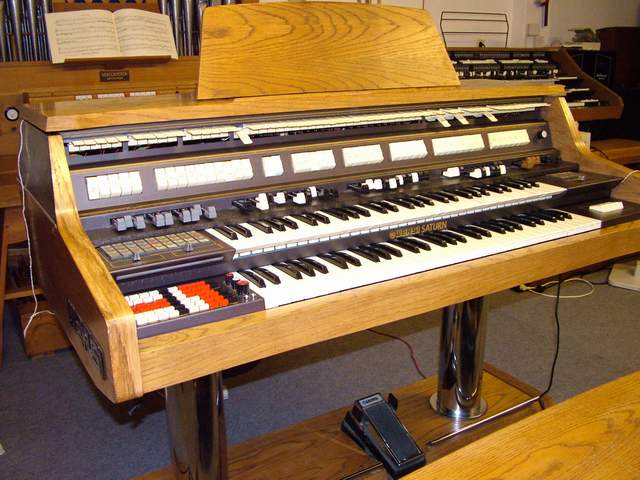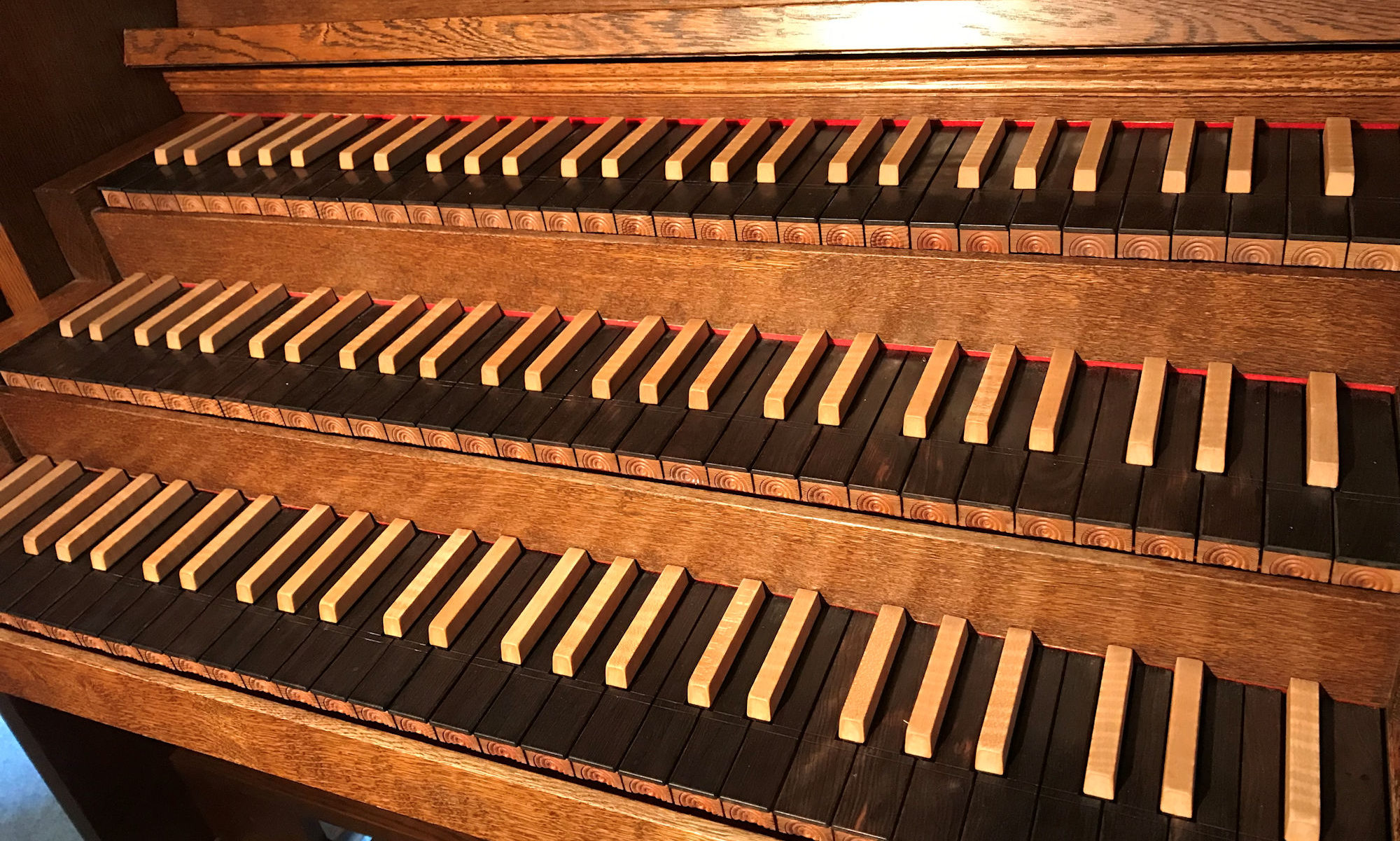
Jimmy Smith was supposed to have three of them. And the Saturn is actually a remarkable pretty organ with a characteristic sound. Even it has a divider tone generator with rectangle waveforms, Wersi did a good job in creating real sawtooth waveforms and pretty tab filters. Each key has 13 electronically switched tones which are also available on the drawbars. Using these highest footages, the sound reminds me of the Hammond H100.
This organ was sold as a construction kit; I found more than 30 defects, when it arrived at my studio! Actually, there was only one defect transistor to replace, all other issues were due to wrong cabling or short-circuits. What a luck that Wersi sold its organ kits with pre-assembled cable harnesses! Otherwise the inside of this organ would be a night mare.
This Saturn organ, among its brothers and sisters (like Wersi Helios, Galaxis) consists of the following main components worth mentioning:
- Main Tone generator, divider type. Wersi used a remarkable “silent generator” technology, they have open collector outputs without pull-up resistors, but the keying electronic supplies the voltages for the currently needed tones. This avoids the “singing” of the higher tones over the air into the sensitive LF-components.
- The electronic keyers. Two huge PCBs carry the switcher boards and are responsible for the complete cabling between the generator and the key bars. These keyers also carry the low pass filters circuits for the draw bars. The sine wave filters are divided into octaves, thus the rectangle character is still perceivable. If there was a fault on one of these boards, we would have great fun to disassemble the whole keyer unit. It is interconnected and soldered by many horizontal wires which all had to be cut.
- The filter tabs. The sheer number of oppermost switches are mainly the stops of the organ with a great variation of different filter types. Here Wersi invented a modular architecture: each filter is on a small PCB which are plugged into a bus board. This means, it is very easy to modify the filters on his own. There are even types of active filters.
- Effect section: A filter for wah-wah and a great brass effect, an Attack/Decay generator, noise module and tremolo unit
- The Sound Computer: All stop tabs use control voltages, the Sound Computer can store them on 32 or 64 memory locations. This is nearly the same technology, as I found in the Böhm Orchester organs.
- Piano: The upper keyboard hold an additional row of electronic keyers. They perform an “OR”-operation of two adjacent octaves to get a 25%-pulse signal and individual switches for the decay envelope.
- The Arpeggiator unit: uses the keys pressed on the lower KB and plays a 5-ocatve arpeggio on the piano module. The module is a clever constructed circuit, no CPU inside! Each insane played cord is possible and repeated on all octaves.
- Accompaniment module. Analog drums with lot of rhythm patters to combine. The base drum is missing some punch, snare sounds very metallic, but if the different instruments are levelled correctly, you get a fine sounding background. The cord accompaniment is so-so, but real fun are the bass patterns, which I love very much. You can play/store not only all flat/shart harmonies, but up to 12 semi-tones at the same time, and these tones are put into the rhythm patterns…
| My personal ranking | ** (2 Stars of 5) |
| plus | impressive look, technically fascinating |
| minus | many tabs leave a clarinetish impression, hardware is cheap Some parts hard to reach for repairing |
